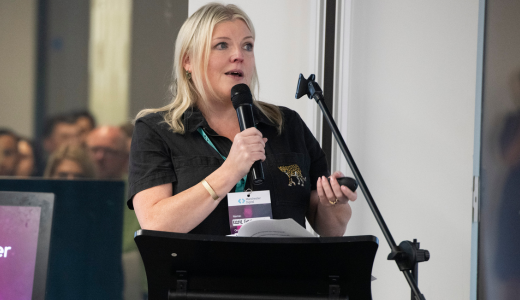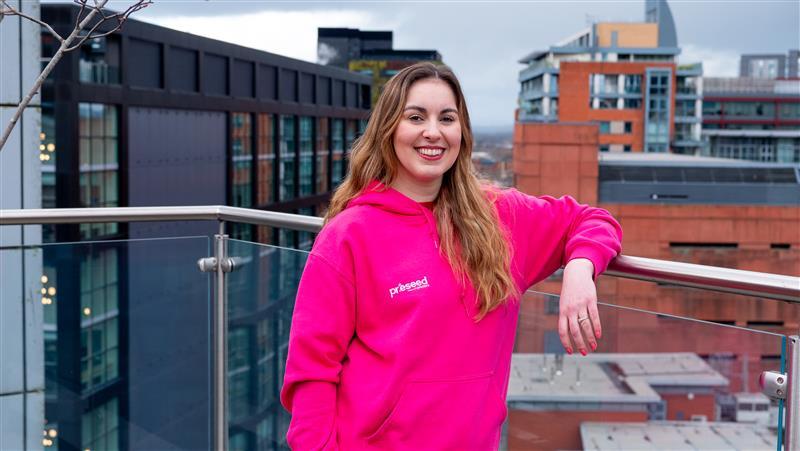
Recently, it has been announced that Netflix is looking to incorporate ads into its platform in order to finance a lower-priced subscription tier in the last three months of 2022.
This gives advertisers a huge opportunity to do something they have never been able to do before - reach target audiences on one of the world's biggest streaming services.
Today, we're covering the major pros and cons of Netflix advertising so that you can decide whether it could help your brand thrive in 2022 and beyond.
Let's get started!
Pros
• Lots of viewers
Despite the recent decline in subscriptions, there are still a lot of people on Netflix.
In fact, Netflix currently has over 220 million subscriptions worldwide.
And as we all know; a significant number of these viewers share their accounts with friends and family.
To put it simply, there are a lot of people on Netflix, and they're making the most of their subscriptions by binge-watching TV shows and movies every week.
This gives advertisers a wonderful opportunity to put their ads, brand and products in front of a significant portion of their target audience, as the platform's popularity is expected to increase with the introduction of the lower-priced & ad-supported subscription tier.
• Attention
Not only are there hundreds of millions of people on Netflix (if not more), they are also paying attention.
It's a lot like going to the movies. One of the biggest benefits of cinema advertising, especially during pre-movie ads, is that brands will have their audience’s complete attention.
With Netflix ads, advertisers can enjoy similar benefits. And so, without having to focus so much on grabbing their audience's attention, brands can instead focus on the selling part.
• Prestige
Netflix is a big brand. What's more - viewers know it's a big brand.
This means that brands that advertise on the platform can more readily establish brand trust & brand authority with audiences -both of which are essential for increasing ROIs.
Cons
• Annoyance
One of the biggest downsides of implementing adverts into a streaming service is that it could end up seriously irritating viewers, thereby having a negative impact on advertisers.
There are a few reasons for this:
1. Over the years, Netflix has repeatedly promised that they would not allow ads onto their platform.
While their reasons for changing their stance on advertising are understandable (they are a business, after all, and need to find new ways to stay afloat), this establishes an element of distrust amongst viewers.
Unfortunately, brand trust, once lost, is incredibly difficult to get back. If viewers were to lose trust for the platform, this would make it incredibly difficult for advertisers to create ads that also establish trust and yield positive results for their brands.
2. One of the reasons why viewers choose to use streaming services is so that they can avoid adverts altogether. So, for viewers to pay a monthly subscription (even a lower one) and still have to watch ads, this could be a huge turn-off, resulting in fewer overall subscribers and therefore fewer members of your target audience being exposed to your brilliant & creative ads.
• Competition
Every year, it seems that more streaming services become available. In fact, one of the main reasons why viewers in 2022 leave a subscription service is because of the fact that they have too many subscriptions each month, amounting to a hefty sum spent only on at-home entertainment.
If enough viewers become turned off by Netflix's ads, they might be more inclined to pick Netflix as the subscription that gets sacrificed.
Less Netflix subscribers = a lower chance of your ads reaching your target audience.
Ultimately, we don't yet know how ads will impact the platform or how viewers will react to them.
But what we do know is that, when it comes to advertising, there is no one-size-fits all solution.
What do you think about Netflix ads? Is there potential there for your brand to shine on the streaming giant?
At One Day Agency, we create ads that help your brand strut its stuff, whether digitally, OOH or both. To find out more, get in touch with one of our experts today.





